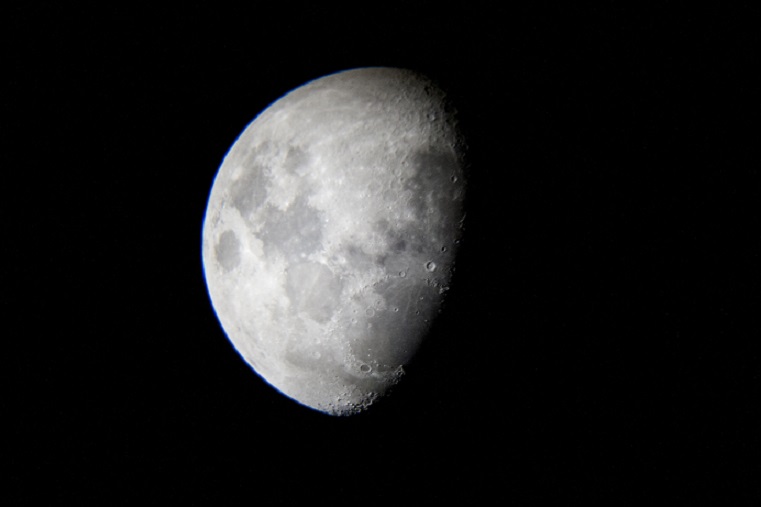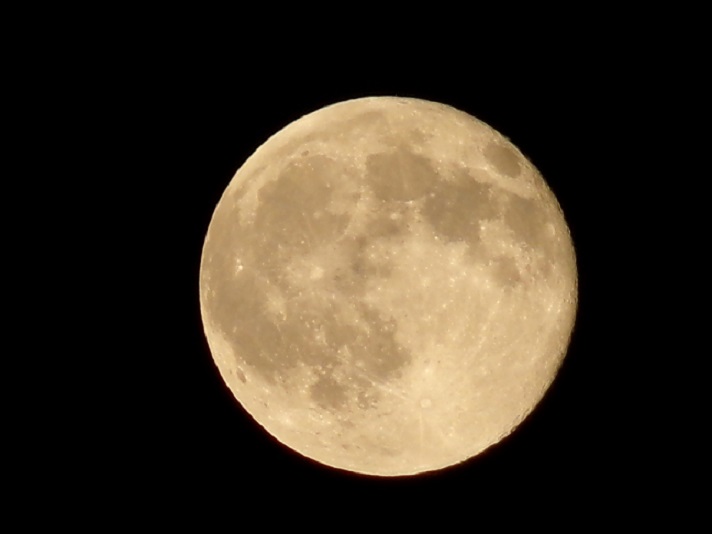When people learn that I am a night photographer and light painter they get that look on their face that says "I don't know what that means but I think I want to hear more." Rather than explain it, I usually show them this photograph:
Contents
That's when I've grabbed their attention and they start asking questions. Unlike shooting during the day, night photography is about immersing into a series of moments and recording everything that happens. It reveals a world of rich color and motion just beyond the ability of the naked eye. It often means you're out there alone, under the moonlight, listening to some great mood music and absorbing your surroundings in what I can only describe as a meditative state. Like Batman, it involves quietly slipping into and out of places unnoticed by passers by and not raising the suspicions of the neighborhood watch or concerned citizens. I knew I had successfully mastered the art of melting into the darkness when I began scaring coyotes.

Beyond all of that, it is arguably the only photographic medium that allows the photographer to directly influence the final image while the exposure is in progress. Most photographers set their stage, perfect their lighting and then capture their subject in the fraction of a second it takes to click the button. A night photographer's work doesn't start until the shutter opens and it's during these minutes, sometimes several, that the real work begins. One neat trick in night photography is that the camera won't see you if you don't stay in the same place for more than ten percent of your exposure time. I lit an old bathhouse using this trick by running in and out of each of its sixteen doors with a multicolored flashlight. I shut the light off before exiting each doorway and switched it back on after arriving in the next. I kept moving, never letting the camera see the flashlight itself and not staying in one place for more than a few seconds. It was one of the hardest shots I've composed and it took me a few attempts to get it done right.
Other times, light painting might not be so obvious. My recent shoot of a locally famous red chair lead me to a snow covered golf course. A little bit of light on the front of the chair was all I needed to pull it away from the backdrop of a rising moon and to showcase its bright red paint.
Sometimes nature does the light painting for me. While it is nearly impossible to capture lightning during the day, all one has to do at night is open the shutter and wait for the flash. I've been very lucky with lightning - both in the sense of getting a good shot and not being struck while doing it.

The best moments for me, however, are when I have to do nothing but stand there and let the moon do the work. These shoots are my favorite because it affords me the time to just stop and take it all in. It's a really great way to live in the moment and create not just a photograph, but a memory. In those moments spent waiting for an exposure to complete, I take in the sights and sounds of my surroundings. It's like giving your mind the time to take a panorama. When I began my journey into the night several years ago, I had almost no experience in professional photography. I knew what I wanted to accomplish and worked back from there by harassing other night photographers, asking questions, trying to figure out cameras without reading manuals and travelling thousands of miles to attend the workshop with like minded artists. It turns out that when you discover you have a passion for something, the learning comes easily. Displaying a few images in my office and hearing clients compliment them without knowing who the photographer was lead me to creating a website to further share my work, selling prints at art shows and eventually scoring a publishing contract. What started as a creative outlet to help relieve the stress of daily life has now turned in to something far beyond my original intentions. I find no greater joy than being able to share my work with others and passing along the peace and solitude of each night's shoot through my photography.
So you want to take some night shots under a full moon? Here are a few quick tips to get you started:
1) Hardware: Tripod, Camera, Shutter release. If you want to dabble in light painting bring a flashlight.
2) Preparation: Assemble your gear before going out to your destination. Don't make things hard on yourself by trying to attach a lens to your camera and the camera to a tripod while holding a flashlight in your mouth. Connect the shutter release to the camera and Velcro it to a trip leg to keep to from dangling as you walk.
3) Once you're outside, let your eyes adjust: Ten minutes or so later and you'll think you have night vision. Do what astronomers do and only use a red light to read by or assist in finding the buttons on your equipment. The red light will help to preserve your newly found night vision. Bonus points for knowing which buttons are which in dark. Don't forget to dial back your camera's screen brightness or you'll blind yourself for sure.
4) Start with a low ISO setting: an F-stop in the 5.6 or 6.3 range and let the shutter fly for a solid three minutes and adjust from there. Like any other type of photography, it's all about experimenting.
Right or wrong, good or bad and regardless of what you end up with, get out there and experience those moments, bask in some moonlight and find out what it feels like to let life slow down.
Tim Little is Cape Cod's only night photographer. His book "Cape Cod Nights" from Schiffer Books will be available spring of 2013.
 |
 |
 |
 |
Check These Out